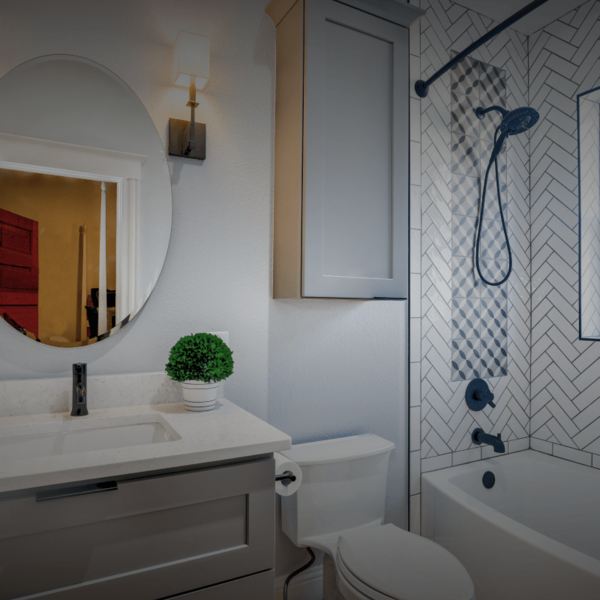When you picture a tiny house, most likely you imagine one that has been built on a trailer. While wheels are an ideal solution for those who enjoy traveling, they’re not for everyone. Many people can’t live in a home without a backyard they can garden in or where their dogs can run around.
This had led to a new tiny house trend that has attracted those who enjoy a traditional home as well as the tiny lifestyle. Here’s why tiny houses on foundations are growing in popularity.
The Benefits of Tiny Houses on Foundations
Unless you plan to take your house on the road, there’s really no reason to build your tiny house on wheels. Choosing to build on a foundation is not only a preference for some people, but it comes with a number of benefits as well. If you’re interested in constructing a tiny house on a foundation, here are some things you can look forward to - you don’t need to be a house builder to get one of these homes.
Owning Your Land
When you plan to build tiny houses on foundations, you will need to buy a piece of land. Renting land might be an option for you, but it’s considered a risky one. If at some point down the line the landowner decides to sell or that they need to use the land, you can lose your tiny house. So, in these kinds of situations, it’s usually better to buy. Depending on how big or small the land is, you can get a great deal. Some cities will sell small vacant lots for the average cost of under $1,000.
Property Will Appreciate In Value
By owning a piece of land and building a structure on it, the property will likely appreciate in value. This is especially important if you are building a temporary home. Unlike a tiny house on wheels, which depreciates over the years, a home built on a foundation is considered an investment, much like a traditional house.
If selling your house project is in your plan for the future, even a rundown house on permanent land will hold some value because of the land below it. As long as the house foundation is in good standing, people will want to buy the property. A property lawyer specializes in real estate transactions, ensuring all legal aspects of buying, selling, or leasing property are properly handled.
Easier to Get a Loan
Most banks won’t consider lending someone money to build a tiny house on wheels. This is because they tend to depreciate in value and deteriorate after years of use. Banks want to invest in the construction of homes that they can resell if the loan isn’t paid back. It’s also harder to foreclose on a house when it’s always on the move.
Less Maintenance
Since people who build tiny homes on trailers are traveling frequently, these houses on wheels will experience a lot of wear and tear. More than any tiny houses on foundations. The wheels and trailer alone will require regular attention. Not to mention the home’s siding, which will require maintenance after having to withstand all of the rocks and gravel that kick up while you’re on the road.
None of this is an issue when you build a home on a foundation. Instead, your areas of maintenance revolve more around taking care of your property such as mowing your lawn and trimming your bushes. Furthermore, introducing synthetic grass can significantly reduce the maintenance requirements for your property.
When you live in a tiny house on wheels, things like plumbing and electricity have to be taken into consideration. Rather than being able to hook up to the city grid, you’ll need to come up with alternatives if you want your home to be mobile. This means using compost toilets, solar power in the form of solar panels, and water tanks.
Building a tiny house on a foundation gives you the option to hook up to the grid so that you can have traditional plumbing, electricity, and the most important utility, WiFi.
Different Types of Tiny Homes on Foundations
When you decide to build your tiny house on a foundation, you have several options to choose from including slab, crawlspace, basement, or on piers. While other building foundations exist, these are the few most suitable for a smaller construction like a tiny house.
Slab Foundation
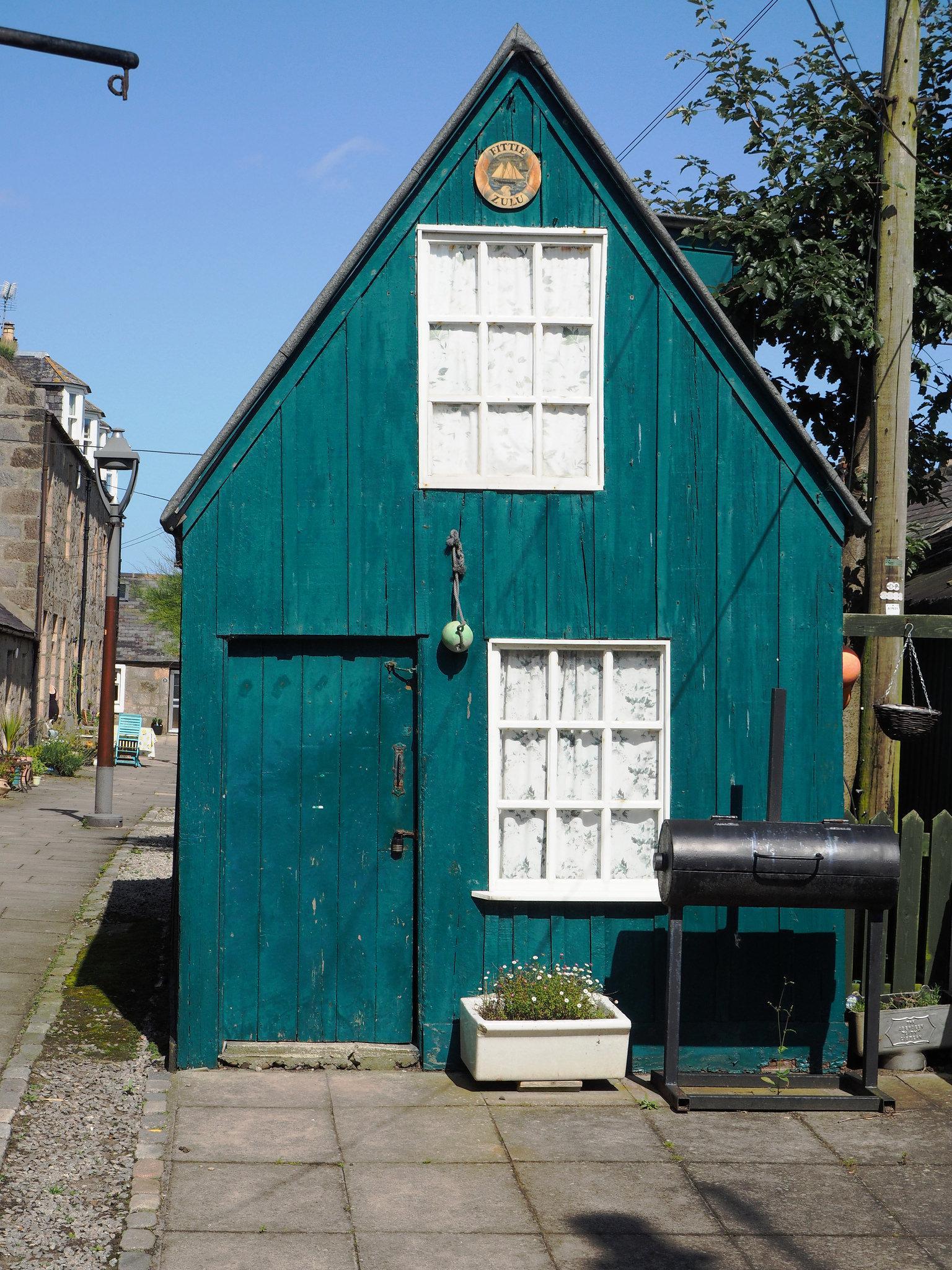
Image source: Flickr
A slab foundation is pretty basic. As its description indicates, it is created by pouring concrete onto the ground and forcing it to dry into a square or rectangle slab. This kind of foundation is ideal for homes built close to the ocean shores. This is because water levels tend to be higher, in these areas, so houses can’t be constructed with basements.
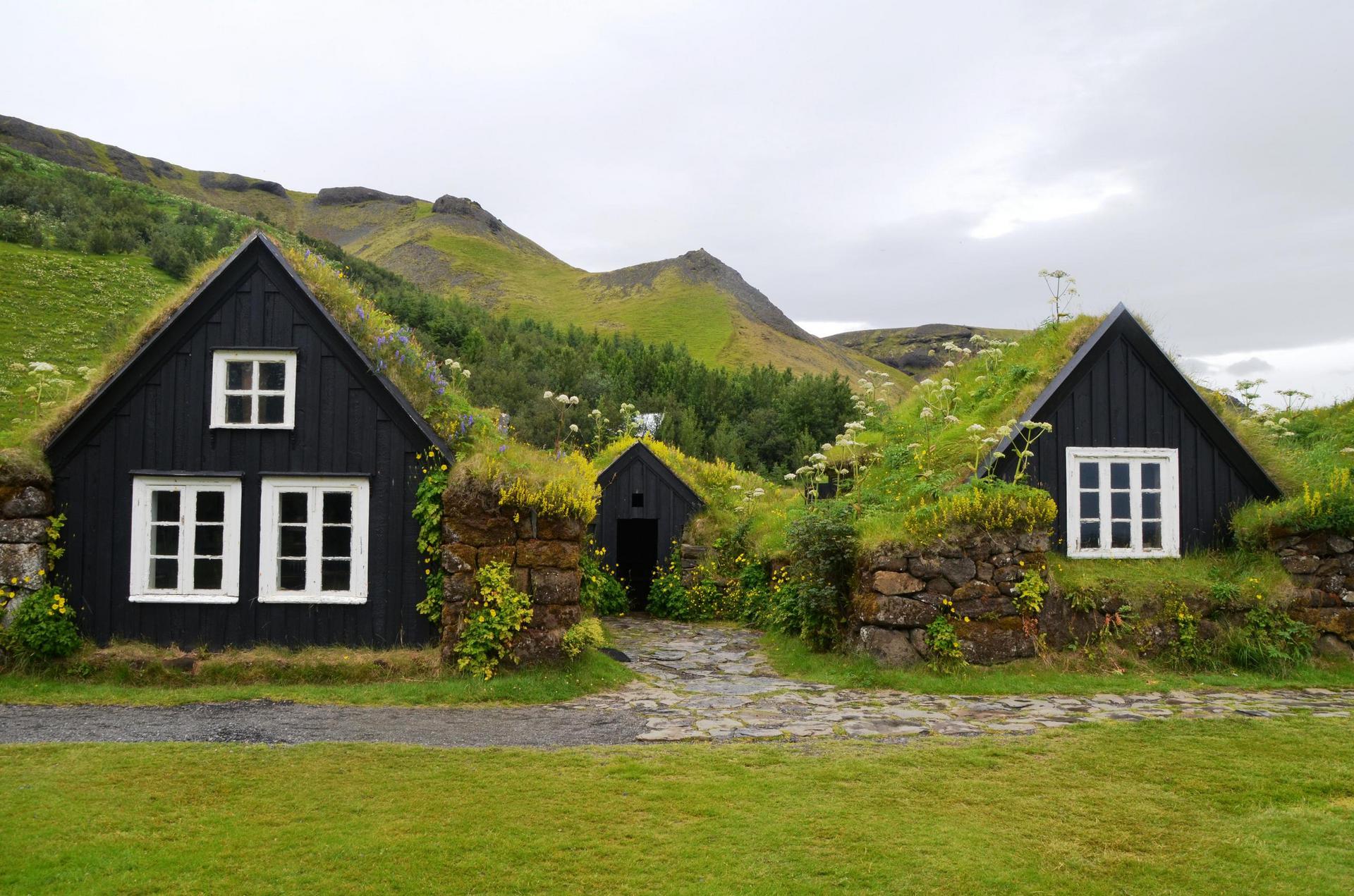
Image source: Pexels
When a tiny house is built on a concrete slab foundation, it often resembles a barn or small cabin. It’s a simple yet classic look that many people prefer. If you need some storage space, however, you might prefer one of these other foundation types.
Crawlspace Foundation
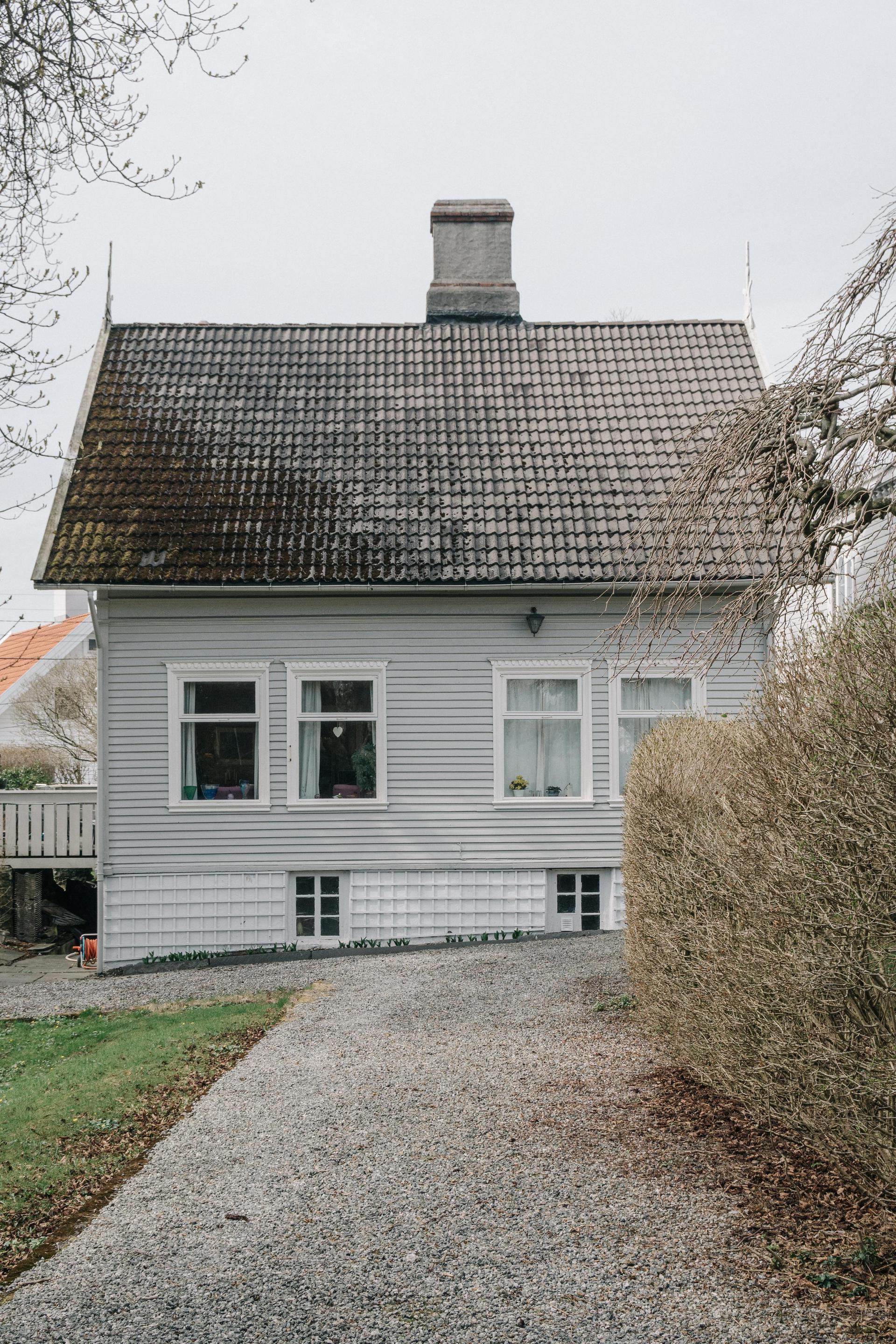
Image source: Unsplash
If you purchase land where the soil is more clay-like, you may need to design a tiny house with a crawlspace foundation. This style raises the house slightly, leaving a gap between the ground and the structure.
While the space isn’t large enough to stand up in, it’s ideal for stashing large seasonal items that you would typically keep in a shed or garage. For example, you could store surfboards, kayaks, bicycles, small boats, patio furniture, and anything else that is either placed in containers or weather resistant.
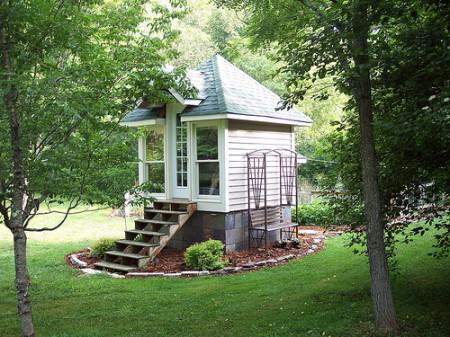
Image source: Flickr
A significant benefit of the crawlspace foundation is that it makes all of your utilities easily accessible. If there’s a problem with your plumbing or electric, it can be repaired without putting holes in your walls. Whether you decide to hire a professional or fix the issue yourself, this kind of foundation makes it much easier to determine what the problem is.
Basement Foundation

Image source: Flickr
It’s not common to find a tiny house built on a basement foundation, but that doesn’t mean they don’t exist. If you’re looking to build your home’s foundation on your own, this might not be the right option for you. While having a basement would provide you with a significant amount of storage, the construction process is costly.

Image source: Flickr
More than just a hole in the ground, a basement foundation requires precision. In order to prevent your home’s heat from escaping and to keep out any small critters, it will need to be adequately sealed and mimic the shape of your home. If you plan on hiring help anyway, a basement foundation is an excellent choice for a tiny house.
Piers Foundation

Image source: Pixabay
As a semi-permanent foundation, building a tiny house on piers gives you the best of both worlds. You’re able to move your home when needed, so it gives you the freedom to rent land rather than buy something on the market from a real estate lead. A piers foundation offers the flexibility of a tiny house on wheels without the weight and size restrictions of building a house on a trailer.

Image source: Flickr
This foundation style is also an excellent choice for those who plan to build their tiny house prior to having purchased or rented land. You can take your time with the construction, and then move your home to your new property when you’re ready. If you end up moving, you can either bring your house with you or sell it to someone willing to transport it.
The Next Steps Toward Getting Your Tiny House on Foundations
After you’ve settled on living in a tiny house on a foundation, your next step is to determine the best way to have it built. Typically, you’ll have three options to choose from. You can either build the foundation yourself, hire professionals, or buy a tiny house that’s already established on the foundation you prefer.
If you already own some property, then you’re likely considering building your tiny house from scratch. Digging or pouring the foundation on your own will save you money on your overall cost, but it can be more work than you’re qualified for. Start with your tiny house building plans.
If you’ve already started them, you’ll need to add the foundation. Having a professional create your DIY house plans can help significantly, especially if you don’t plan on hiring a contractor to help with the construction process or construction schedule.
Certainly, hiring a builder will utilize a significant chunk of your budget, but it will save you the stress of trying to figure it out on your own. However, if you’re determined to stick to your budget, here are a few more options:
- Get a group of friends to help.
- Find an acquaintance in the construction industry to look over your foundation.
- Take photos of your process and share them with the tiny house community for feedback.
- Do all the proper research.
If you don’t own any property, then you might want to consider buying a tiny house that’s already built on a foundation. It would cost more, but then you have the option to move right in rather than having to worry about building.
You can also search for land that has a foundation already built. Sometimes there might still be a rundown structure on the property, but tearing it down should be relatively easy. As long as the foundation is in good condition, you’ll be able to build your tiny house on it.
Laws and Regulations For Tiny Houses on Foundations

Image source: Flickr
Just because you own a piece of land, doesn’t mean you can legally build a tiny house on it. Unfortunately, there are zoning and building codes that dictate the required size and placement of any dwelling, and tiny houses don’t usually fall in line with their specifications. Each city and state has their own laws though, and tiny homes are slowly being recognized in places like California, Colorado, Florida, New York, Oregon, and Texas.
Building Codes
Building codes refer to the required dimensions of any structure designed to be a permanent living space. This includes everything from the ceiling height to the size of each room. As you might have guessed, building codes can get in the way of building the tiny house of your dreams.
Zoning Codes
Zoning codes are laws pertaining to where your tiny house is going to be built. Like building codes, these can also refer to the size of your structure as well. Instead of a minimum size though, zoning codes prevent structures from blocking views or being a nuisance to neighbors.
If the city you live in doesn’t have anything on the books in regards to tiny house zoning and building codes, the easiest thing you can do is make some phone calls. It may take some back and forth, but at least you’ll be sure of exactly what you can build, where you can build it, and what permits you’ll need.
There are always ways to get around these codes, and before long, tiny houses will have their very own laws and regulations.
Summary
The tiny house movement is taking over, and now this option no longer leaves you without running water and city quality electricity. Codes and zoning laws are catching up, making tiny houses on foundations the next big housing trend.
Living in a trailer might sound like fun for a while, but it’s far from the ideal situation for everyone. Building a permanent foundation sheds a new light on the tiny lifestyle, ultimately attracting more people who are looking for affordable housing.
Get started now by contacting your city officials and drawing up your DIY plans. A tiny house on a foundation can make building your dream house possible.

